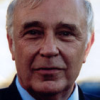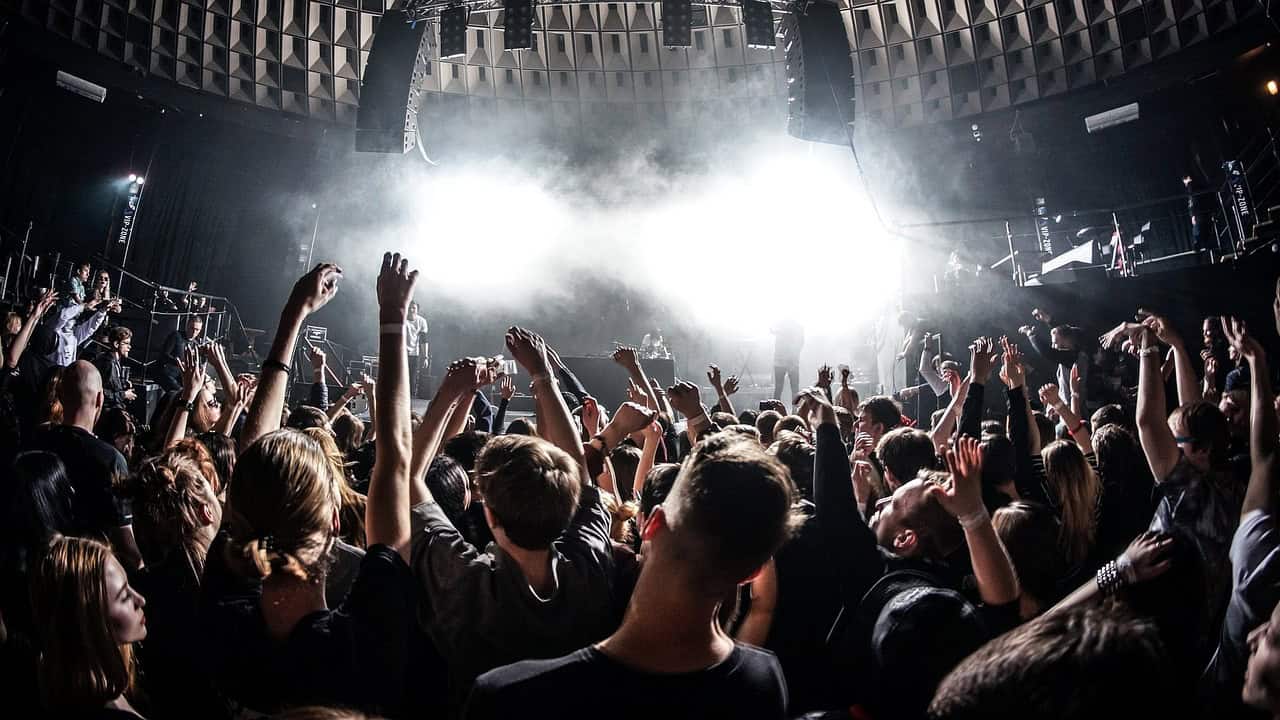Even though recorded performances provide some valuable benefits, most people prefer live events. That is because the audience is part of the production, and the two sides exchange energy and the gamut of human emotions in a way that would be impossible in any other setting.
SALZBURG – While taking in the immensity of Anton Bruckner’s Eighth Symphony at this year’s Salzburg Festival, one of classical music’s most celebrated events, I kept returning to one question: Why do most people prefer live music to a recording?
Seated in the front row of a box directly opposite the orchestra, I had a full view of the stage. But what value did I derive from being there, as opposed to watching an expertly recorded performance? To be sure, a recorded version would provide some valuable benefits, including close-up shots of the conductor’s facial expressions, the violinists’ fingers, and the horn players’ lips, and would undoubtedly cost less. But I reckon that most people – including me – would prefer attending the concert to watching or hearing it at a distance. This is also true of popular music, theater, and sporting events.
To understand why, start with one of the lesser-known theorems in economics: Baumol goods. The economist William J. Baumol observed that the real cost of the performing arts rose instead of fell with growing economic prosperity, because these activities could not be mechanized. While the cost of producing shirts has fallen dramatically since the Industrial Revolution, it takes just as much time for humans to perform a Beethoven string quartet today as it did in 1800. And time, as Benjamin Franklin sagely remarked, is money.
The well-trained economist views this cost inflation as a disease that drains resources from the productive economy, the source of economic growth. The only remedy for eventual economic stagnation would be finding a way to automate the performing arts. If robots were able to perform a Bruckner symphony, for example, the cost of performances, and thus ticket prices, would decline dramatically.
But people flock to concerts precisely because they are not automated. This was brought home to me in 2018, when I went to see a “live” performance of operatic arias by Maria Callas, who died in 1977. What we saw was a hologram of Callas. True, her physical gestures and facial expressions were artfully reproduced, and her real voice, taken from recordings, was backed by a live orchestra. Yet the applause, even for her iconic arias such as the “Casta Diva” from Vincenzo Bellini’s Norma, was scattered. Besides marveling at the ingenuity, there was little to cheer in this lifeless reproduction.
There is a well-known song lyric in Lionel Bart’s musical Oliver that captures the magic of live theater: “Consider yourself one of us.” At best, the audience is part of the production; the two sides exchange energy and the gamut of human emotions in a way that would be impossible in a recorded or filmed performance – no matter how cunningly contrived. This intangible dynamic would be missing if the Italian tenor Luciano Pavarotti sang “Nessun Dorma” to an empty house, or if tennis star Roger Federer played his exquisite strokes to empty stands.
The fusion of artists and audience in a live performance reveals the weakness of the “atomic hypothesis,” according to which the world is made up of independent atomic units, and the whole is therefore equal to the sum of its parts. This view underpins conventional economics, in which market equilibrium is seen as the sum of independent individual preferences, as well as the promise of science, which assumes that knowledge is cumulative. The atomic hypothesis also stands in contrast to the idea that we are all interconnected, and that any outcome depends on how we relate to one another.
This organic theory of society is expressed in a simple equation that I owe to the young John Maynard Keynes. He said, let f(x) be the goodness of x, and f(y) be the goodness of y. One might assume that the goodness of x and y together is f(x) + f(y). In fact, it is f(x+y); the former is only true in special cases, and live performance is emphatically not one of these cases. That is its enduring appeal.
The final explosive chords of Bruckner’s symphony interrupted these musings, and I joined in the thunderous applause for conductor Riccardo Muti and the Vienna Philharmonic – a moment in which the performers and the audience merged in an outpouring of love and gratitude.
Of course, such an energy can be dangerous. Bitter experience has taught us to mistrust politicians who whip up the passions of crowds and ache for adoration, and that leaders must maintain distance from the masses for the sake of civilized politics. But exactly the opposite is required for the highest expression of the performing arts: an intimacy that only humans can offer.
 About the author: Robert Skidelsky, a member of the British House of Lords, is Professor Emeritus of Political Economy at Warwick University. He is the author of an award-winning biography of John Maynard Keynes and The Machine Age: An Idea, a History, a Warning (Allen Lane, 2023).
About the author: Robert Skidelsky, a member of the British House of Lords, is Professor Emeritus of Political Economy at Warwick University. He is the author of an award-winning biography of John Maynard Keynes and The Machine Age: An Idea, a History, a Warning (Allen Lane, 2023).
READ MORE:

